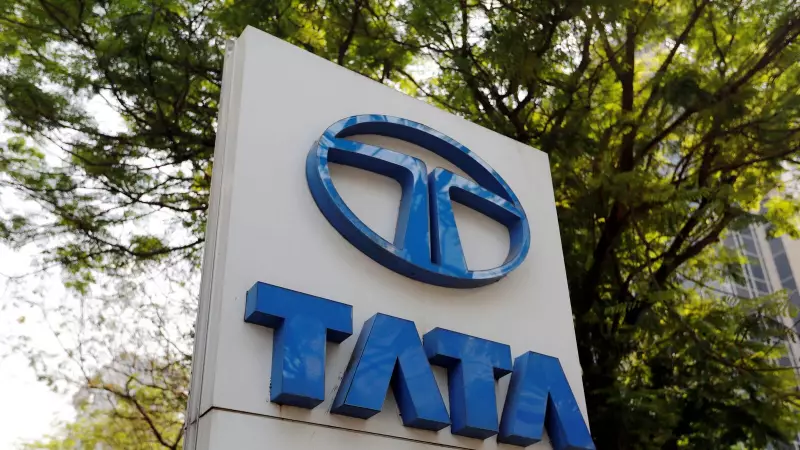
In a landmark corporate restructuring move that's set to reshape India's automotive landscape, Tata Motors has announced plans to demerge its business into three distinct listed entities. This strategic decision marks one of the most significant corporate actions in recent Indian automotive history.
The Three-Way Split: What's Changing?
The demerger will create three separate publicly traded companies, each focusing on specific business verticals:
- Commercial Vehicles Business: This entity will handle Tata Motors' traditional strength in commercial vehicles
- Passenger Vehicles Business: This will include the rapidly growing PV segment along with its electric vehicle operations
- Jaguar Land Rover: The British luxury arm will operate as a separate listed entity
Why Demerge Now? The Strategic Rationale
Tata Motors' decision comes at a time when each business segment is showing distinct growth trajectories and requires focused management attention. The commercial vehicles division has been the company's traditional backbone, while the passenger vehicles business has seen remarkable turnaround and growth in recent years.
Most notably, Jaguar Land Rover has transformed from being a financial burden to becoming the company's cash cow, posting impressive profits and driving significant value for shareholders.
Benefits for Shareholders and Businesses
The demerger offers multiple advantages:
- Focused Management: Each entity can pursue independent strategies tailored to their specific market dynamics
- Clear Investment Proposition: Investors can choose to invest in specific business verticals based on their risk appetite and growth expectations
- Operational Agility: Separate entities can respond faster to market changes and opportunities
- Strategic Partnerships: Independent companies can explore partnerships and collaborations more effectively
JLR's Journey to Independence
Jaguar Land Rover's separation is particularly significant. Once considered an albatross around Tata Motors' neck following the 2008 acquisition, JLR has dramatically turned around its fortunes. The luxury car maker has not only returned to profitability but has also become a technology leader in the electric vehicle space with its ambitious Reimagine strategy.
The demerger will allow JLR to pursue its premium electric vehicle strategy with greater focus and potentially attract investors specifically interested in the luxury automotive segment.
Market Reaction and Future Outlook
Industry analysts have largely welcomed the move, seeing it as a natural evolution for a company that has grown too diverse and complex to manage as a single entity. The demerger is expected to unlock significant value for shareholders while allowing each business to capitalize on its unique strengths and market opportunities.
As the Indian automotive industry stands at the cusp of massive transformation with electric mobility and changing consumer preferences, this restructuring positions all three entities to navigate the future with greater precision and purpose.





